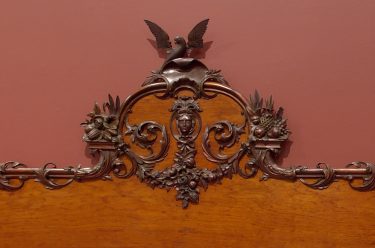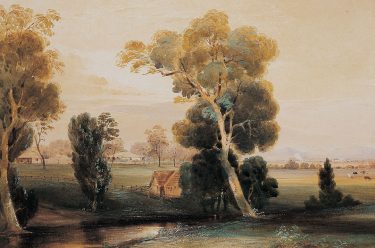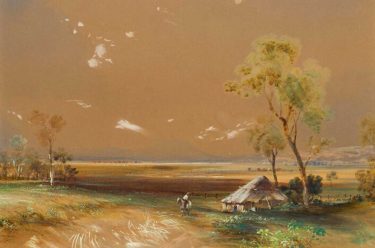Step back to an earlier time when Brisbane was named after a river
The Brisbane River and Moreton Bay have continually shaped south-east Queensland’s history. From the time of the First Australians for the Turrbal and Jagarra people, the river, known as Maiwar, has been a meeting place, a highway and a source of food. A critical conduit for early settlement and subsequent industry and development, the winding…
Continue reading » “Step back to an earlier time when Brisbane was named after a river”



